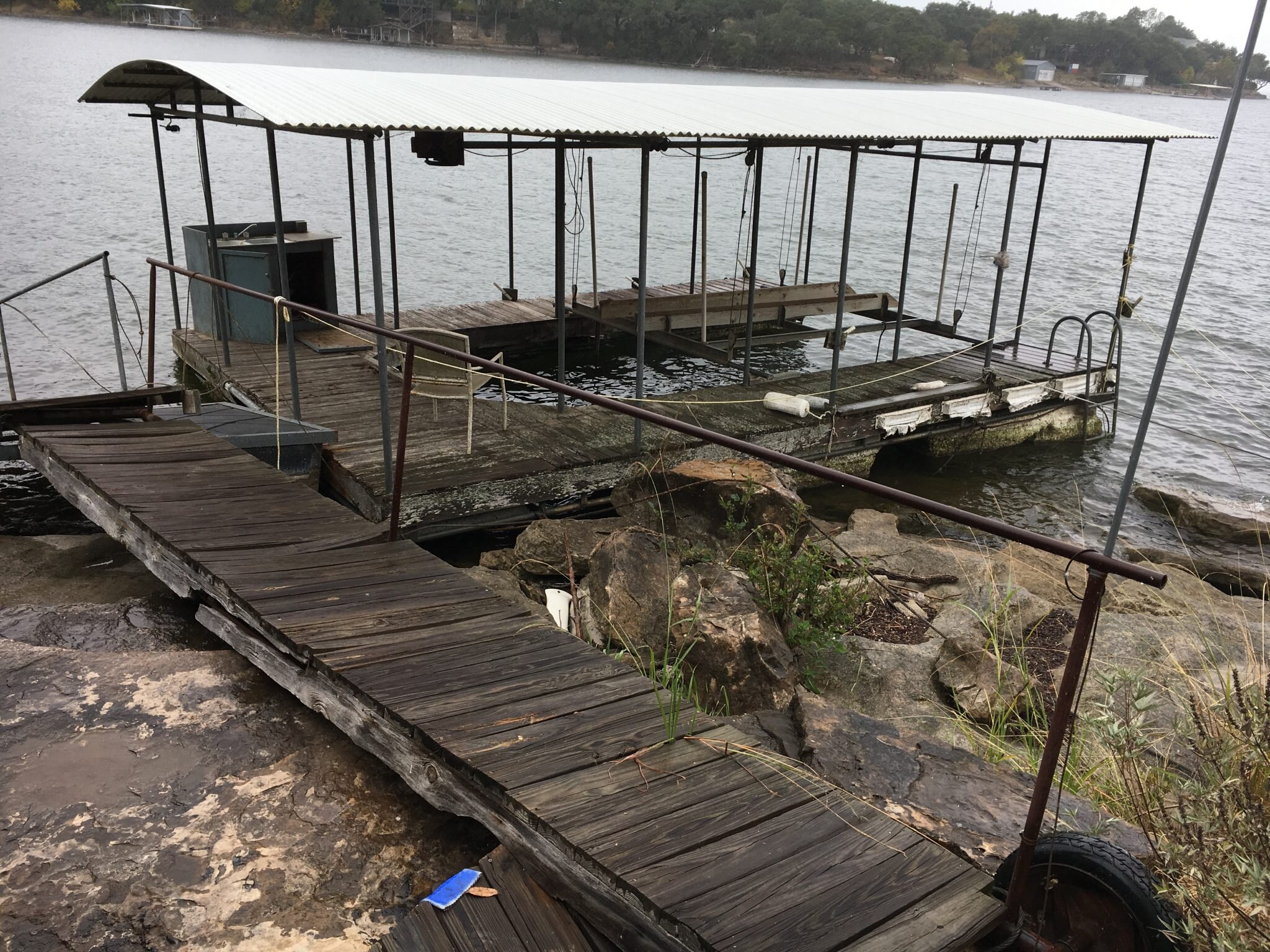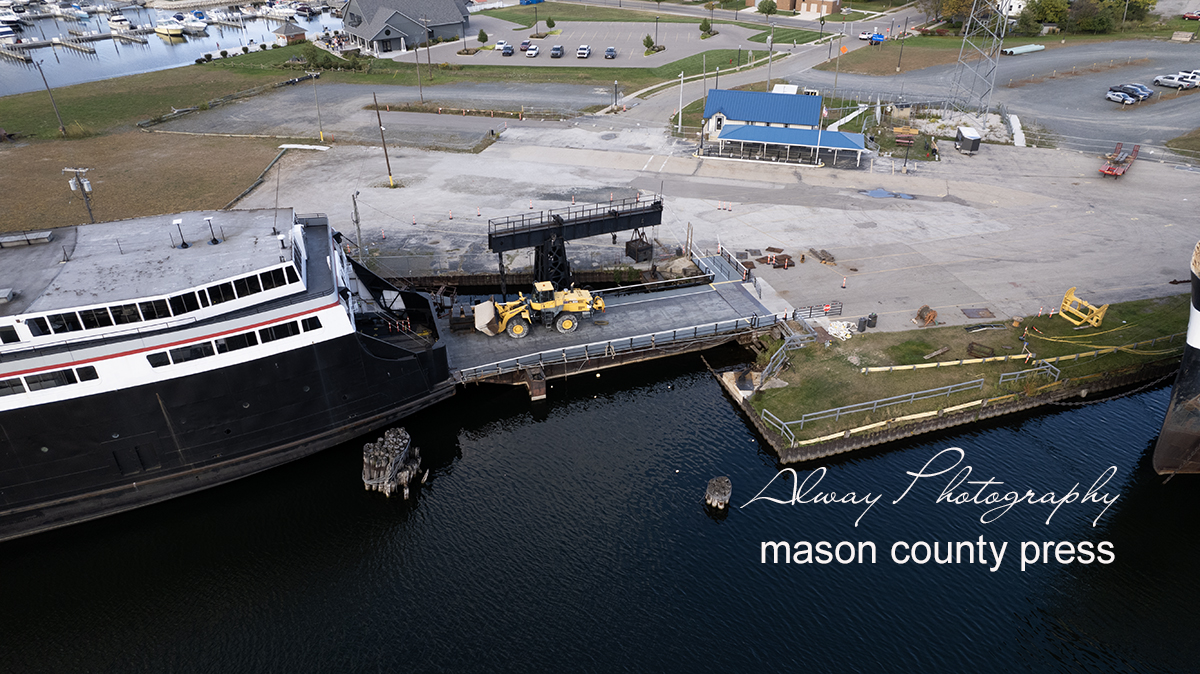DIY Tips for Simple Dock Repairs You Can Deal With
DIY Tips for Simple Dock Repairs You Can Deal With
Blog Article
Exactly How to Address Common Dock Fixing Issues for Safe Water Activities

Identifying Common Dock Issues
Recognizing usual dock concerns is crucial for keeping the functionality and safety of your beachfront home. Normal inspections can help reveal problems before they become serious, guaranteeing both the long life of the dock and the security of those that use it. One widespread issue is loose or rusty bolts. Over time, screws, screws, and various other fasteners can become loosened due to consistent exposure to water and weather condition components, causing structural instability.
An additional typical problem is the degradation of flotation tools. These devices are crucial for maintaining the dock buoyant, and any kind of damage or punctures can cause the dock to checklist or sink. Regularly inspecting for leaks or water logged drifts can preempt much more significant concerns.
Additionally, algae and barnacle build-up on the dock's surface can develop unsafe and unsafe problems. This biofouling not only positions a threat to customers yet can also accelerate the deterioration of the dock materials.
Finally, checking for indicators of rust on metal components is essential. Corrosion can compromise the stability of the dock's structure, making it dangerous. By consistently identifying these common dock problems, you can make certain that your dock stays protected and functional for years ahead.
Repairing Rotting Timber
When resolving the concern of deteriorating timber on your dock, it is crucial to act swiftly to avoid more damage. Begin by extensively evaluating the entire structure to recognize all impacted areas. Utilize a screwdriver to penetrate the wood; if it sinks in quickly, the wood is likely decomposed and needs instant focus.
Be certain to reduce back to healthy, solid timber, ensuring you get rid of all jeopardized product. After elimination, treat the remaining timber with a wood chemical to protect against future rot.
Next, change the gotten rid of areas with marine-grade lumber or pressure-treated wood, which are a lot more immune to water damage. Safeguard the brand-new pieces with galvanized or stainless-steel bolts to prevent rust. In addition, applying a waterproof sealer to the brand-new wood can supply an added layer of defense.
Protecting Loosened Boards
Exactly how do you guarantee your dock stays practical and risk-free for all its individuals? One vital element is safeguarding loosened boards, which can or else position substantial risks. Loose boards not just boost the danger of tripping however can also compromise the architectural integrity of the whole dock.

For reinstallation, utilize stainless or galvanized steel screws, as these materials provide remarkable resistance to rust in aquatic environments. Make certain the screws are long enough to pass through deep right into the underlying support structure, yet not as long that they stick out via the dock's surface. Pre-drilling pilot openings can help stop the wood from splitting.
Lastly, preserve a regular examination routine to determine and attend to any kind of brand-new concerns quickly. By securing loose boards effectively, you add to the overall security and longevity of your dock, image source making it a reputable system for water activities.
Maintaining Unsteady Pilings
Ensuring the security of unsteady pilings is vital to maintaining a secure and functional dock. Unstable pilings can jeopardize the whole structure, presenting considerable risks to users and possibly causing expensive repairs. The primary step in stabilizing these important components is a thorough assessment. Check out the pilings for indications of rot, damages, or changing. Make use of a level to examine for vertical placement and ensure they are driven deep enough right into the substratum to supply sufficient support.
If the pilings are found to be unpredictable, one reliable official statement method for support is the use of extra bracing. Cross-bracing with dealt with lumber or galvanized metal can considerably enhance stability. Support the braces securely to both the pilings and the dock structure to disperse loads uniformly.

Routine upkeep and periodic review of the pilings' security are important to ensuring long-lasting dock safety and performance.
Replacing Rusty Hardware
Attending to unsteady pilings is just one aspect of keeping a dock's stability; another vital concern is replacing rustic hardware. In time, exposure to wetness and salt can bring about the oxidation and rust of screws, screws, and brackets, jeopardizing the entire framework's safety and security. Regular examination for rust is necessary, especially after severe climate or seasonal modifications.
When rustic equipment is identified, instant action is called for. Begin by selecting marine-grade stainless steel or galvanized hardware, both developed to stand up to the extreme marine environment. Guarantee that you have the appropriate tools, such as screwdrivers and wrenches, to securely get rid of the old, corroded items without creating further damage to the dock.
After eliminating the rustic hardware, thoroughly clean the influenced locations to remove any kind of recurring rust or debris. Use a rust-inhibiting primer to revealed metal surface areas prior to installing the brand-new equipment. Tighten all components safely to avoid future helping to loosen, and regularly check the installations to guarantee continuous stability.
Replacing corroded hardware not just prolongs the dock's life expectancy yet additionally significantly enhances the security of water activities. By proactively a fantastic read taking care of corrosion, you protect both the structure and its individuals, guaranteeing a secure and delightful beachfront experience.
Conclusion
Regular inspections and maintenance are essential to address usual dock fixing issues and guarantee risk-free water tasks. Such aggressive steps contribute to the general safety and capability of dock structures, promoting a safe and secure environment for water-based tasks.
Making sure the safety and security of water activities pivots significantly on the proper maintenance and repair of docks (Dock Repairs). These tools are essential for keeping the dock buoyant, and any kind of damage or leaks can cause the dock to checklist or sink. By consistently recognizing these usual dock concerns, you can make sure that your dock remains practical and protected for years to come
Guaranteeing the stability of unstable pilings is vital to maintaining a secure and functional dock.Normal inspections and maintenance are crucial to deal with typical dock repair work issues and make sure safe water tasks.
Report this page